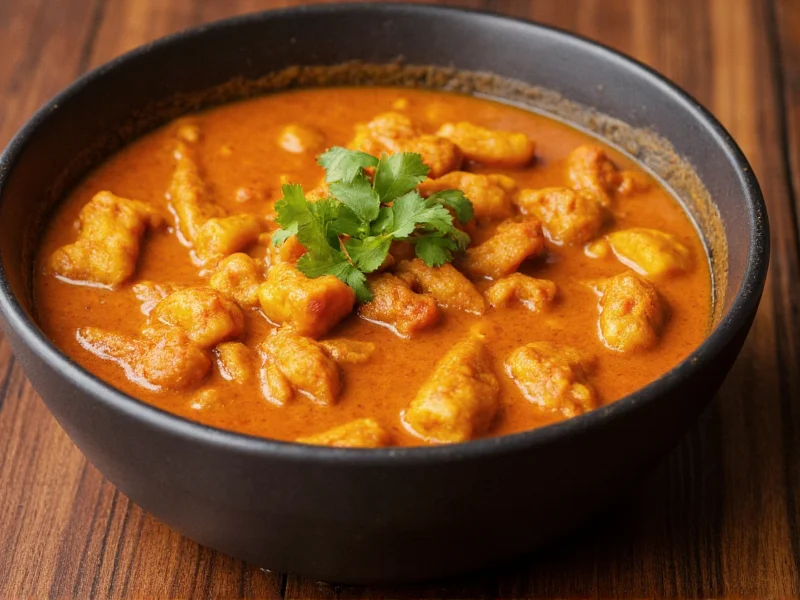When exploring what does curry mean, it's essential to understand that this seemingly simple question reveals a complex culinary and cultural history. The term has evolved significantly from its origins to its current global usage, often carrying misconceptions that obscure its true meaning.
Etymology and Historical Evolution
The word 'curry' entered the English language during British colonial rule in India. It originated from the Tamil word 'kari,' which simply means 'sauce' or 'relish for rice.' Early British colonists adopted this term broadly to describe any spiced dish they encountered, despite the vast diversity of regional cuisines across the Indian subcontinent.
Historically, what curry means in South Asian contexts varies dramatically by region. In India, Pakistan, Bangladesh, and Sri Lanka, there's no universal term equivalent to 'curry.' Instead, each region has specific names for their spiced dishes—such as 'masala,' 'salan,' 'jhol,' or 'korma'—reflecting distinct preparations, ingredients, and cooking methods.
Regional Interpretations of Curry
Understanding what does curry mean requires examining how the term functions differently across global cuisines:
| Region | Curry Interpretation | Key Characteristics |
|---|---|---|
| South India | Kari (Tamil), Saaru (Kannada) | Liquid-based dishes with tamarind, coconut, or yogurt; often thinner consistency |
| North India | Gravy-based dishes | Richer, creamier sauces using dairy; often called by specific names like korma or rogan josh |
| United Kingdom | Curry | Thick, spiced meat or vegetable stew; popularized through Anglo-Indian cuisine |
| Thailand | Gang or Kaeng | Coconut milk-based; distinct curry pastes with regional variations |
| Japan | Kare | Thick, sweet brown sauce; often served with rice and tonkatsu |
Common Misconceptions About Curry
One of the most persistent misunderstandings about what curry means is the concept of 'curry powder.' This blend of spices was actually created by British manufacturers for home cooking convenience and doesn't exist as a standardized product in traditional Indian kitchens. Indian cooks typically use freshly ground spice blends specific to each dish.
Another misconception is that curry refers to a specific yellow-orange dish. In reality, curry dishes span a spectrum of colors depending on ingredients—from the vibrant red of Andhra Pradesh's fiery curries to the creamy white of Kashmiri rogan josh and the green hues of Thai curry.
Curry in Modern Culinary Context
Today, what does curry mean in global cuisine reflects both cultural adaptation and appropriation. In Western countries, 'curry' often refers to any spiced, saucy dish of South Asian origin, while in South Asia, the term remains largely a colonial import with limited local usage.
The evolution of curry terminology demonstrates how food terms transform through cultural exchange. Understanding the authentic meaning of curry helps appreciate the rich diversity of South Asian cuisines beyond the simplified Western interpretation.
Why the Definition Matters
Clarifying what curry means isn't just semantic—it's about respecting culinary traditions. When we recognize that 'curry' is an umbrella term rather than a specific dish, we open ourselves to appreciating the incredible regional diversity of South Asian cooking. This understanding helps move beyond culinary stereotypes and toward genuine appreciation of complex food cultures.











 浙公网安备
33010002000092号
浙公网安备
33010002000092号 浙B2-20120091-4
浙B2-20120091-4